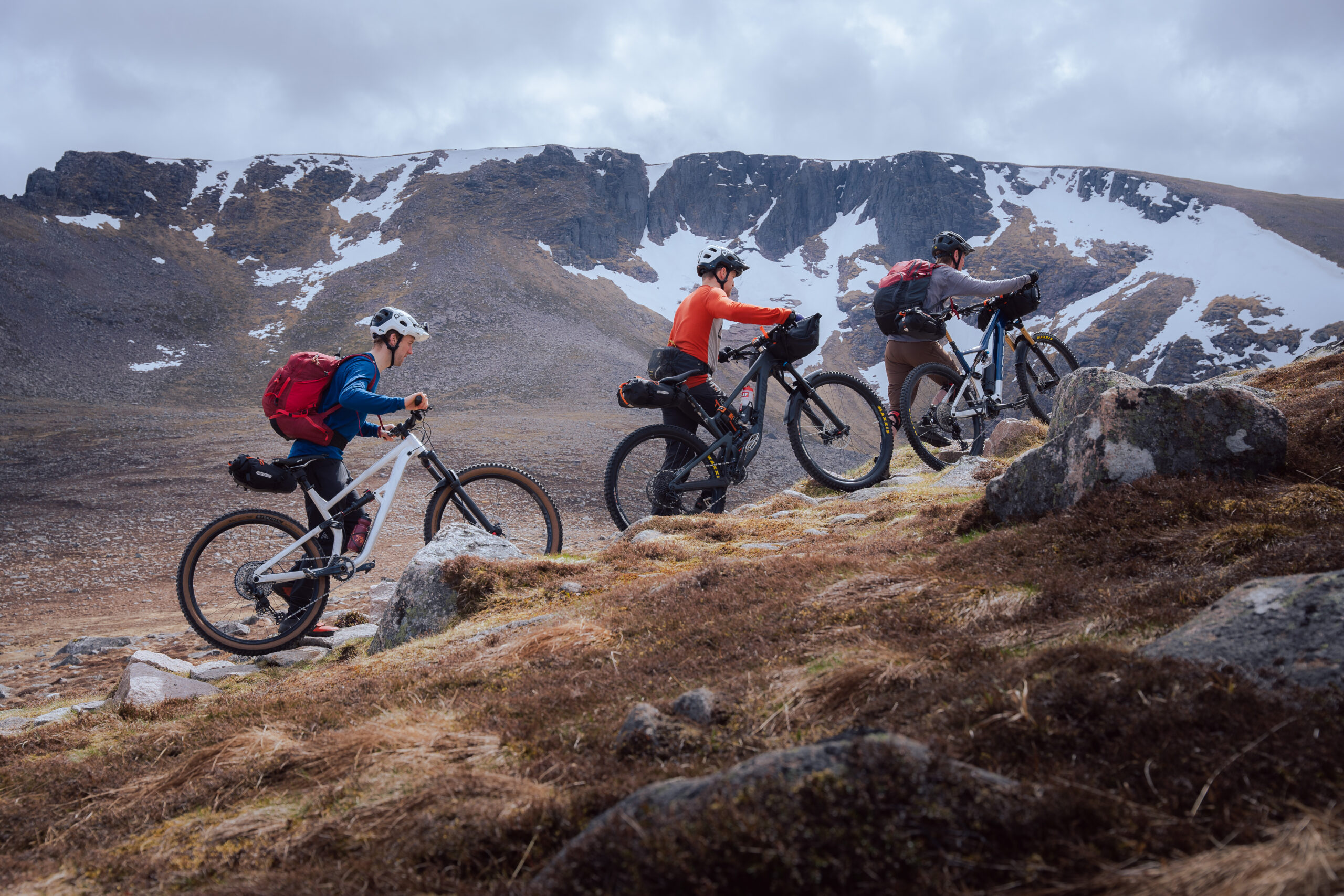Nils takes an unusual packing list to the mountains for an overnight adventure.
Words & photography Nils Amelinckx
I fumbled around in the last of the light, the cold breeze having stripped my hands of any dexterity, keeping a watchful eye over the waste bag in front of me as it danced playfully in the wind. Although I could probably remove this bag blindfold, I found myself completely engrossed in the process, my eyes having to steer the movement of my insensate fingers. After all, this bag’s contents aren’t something you would want to inadvertently spill…
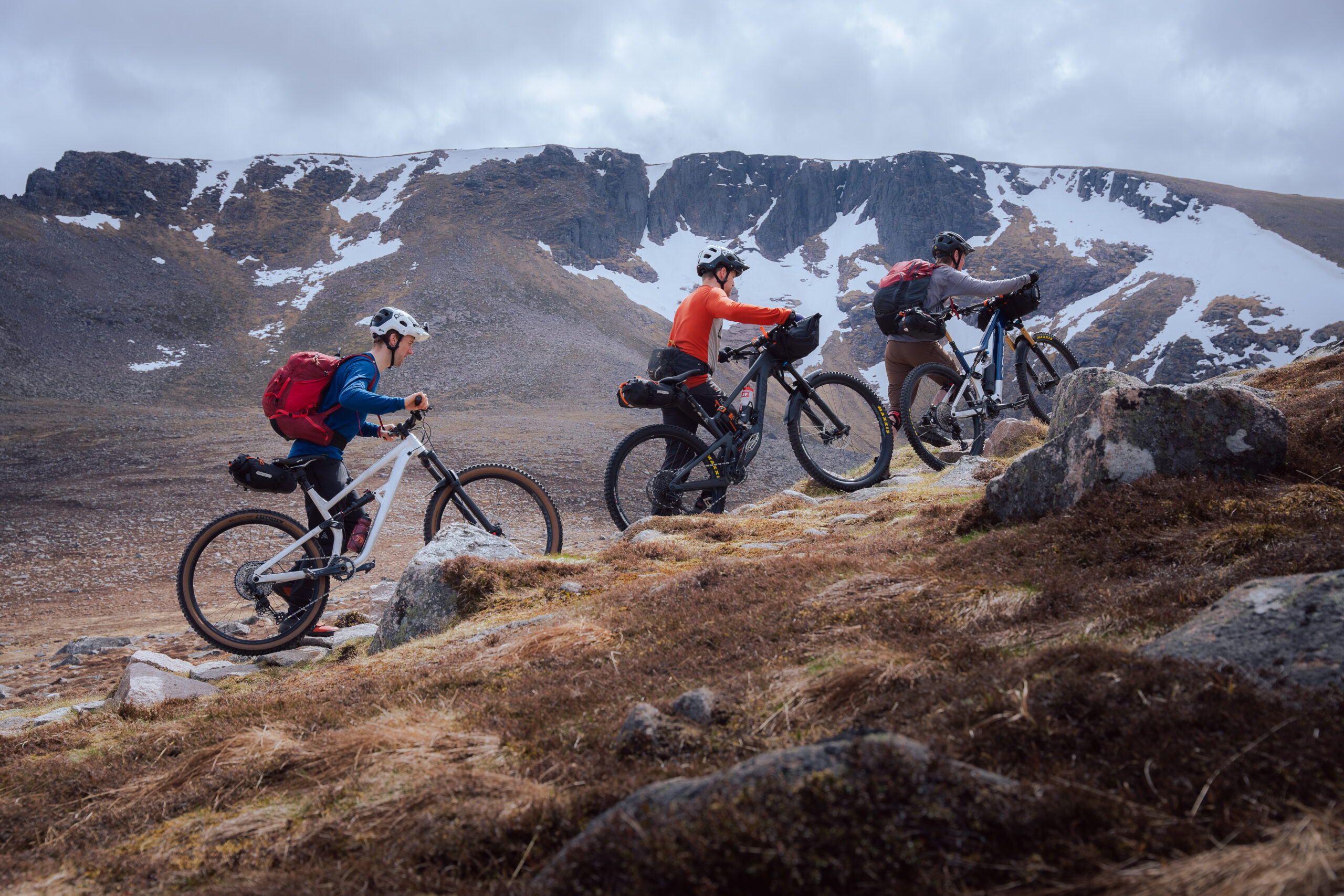
We were setting up camp adjacent to Loch Etchachan, tucked into the folds of Ben Macdui, nestling just shy of 950 metres above sea level. The soft rays of the setting sun occasionally pierced the otherwise ominous cloud base as it periodically lowered enough to fill the surrounding valleys – the changeable conditions serving as a reminder of Scotland’s notoriously fickle weather. It was about ten hours since we’d left the ski paradise that is Cairngorm Mountain, spared the habitual sleet-filled gales and sheet ice for which the resort is most passionately known. Luckily the area’s defining conditions subsided to give way to blue skies filled with benign puffy clouds and a gentle breeze to ensure we didn’t overheat instead. Too early in the season for any midges and borderline dusty underfoot, this was Scotland at its finest.
Packing list paranoia
Our plan was simple: we would traverse from Aviemore in the direction of Braemar, along the way ticking off Ben Macdui (the UK’s second highest mountain) – its summit opens up to one of the longest continuous descents in the country. Weather permitting, we’d bivvy in the mountains and start our return journey with a spicy boulder-strewn trail for breakfast, perhaps accompanied by the golden light of the rising sun. In case of more inclement weather, we would have the less favourable option of spending the night in the Hutchinson Memorial Hut to be lulled to sleep by the thrilling tales of exuberant Munro baggers as they dried their wool socks.
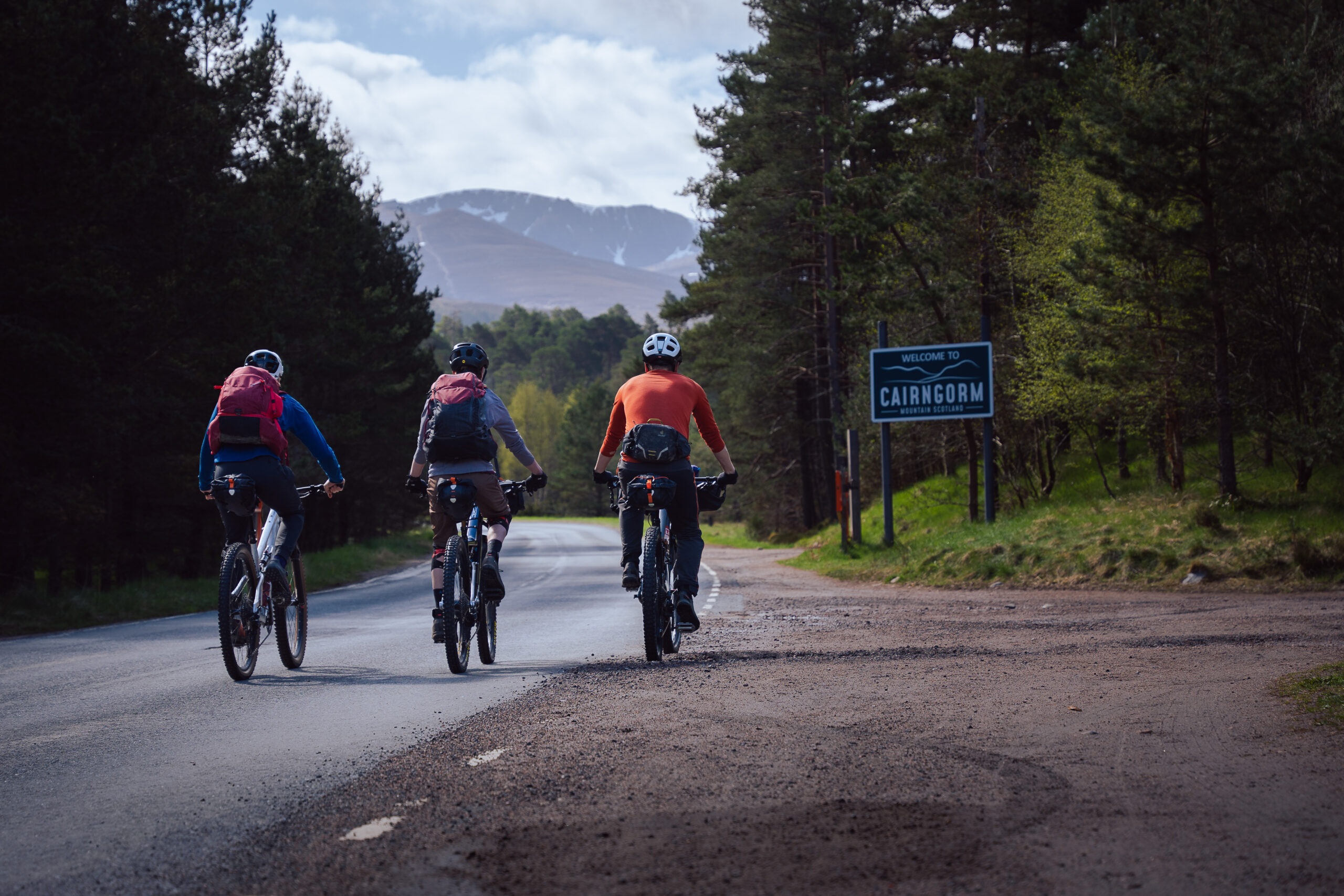
As we slowly ground our way up the switchbacks towards Cairngorm Mountain resort, my legs felt heavy with unease. This weekend’s journey would be a first of sorts, having not been on a multi-day bike journey nor having slept in a bivvy bag since undergoing life-changing surgery. A few years ago I’d have taken to this adventure with a degree of nonchalance – there weren’t many things that would hold the power to halt my progress if they were missing from my carefully packed bikepacking bags. This time I would simply have to be resourceful, even if that meant a degree of suffering.
I found my subconscious mind repeatedly running through my packing list. The omission of some key items would have meant not even leaving the starting blocks. Codeine? Check. Anti-diarrheal medication? Yup. Hydration salts? Check. Sun cream? Oh… With a bit of luck they’d have some at the lift station given that my daily dose of antibiotics means my skin and the sun no longer get on. Energy levels? Despite the kind people at MTB Monster providing me with an additional battery for this journey, I wasn’t sure if my own energy levels could match the bike’s turbo-charged range.
Extra passengers
The timing of our visit coincided with the resort’s off-season, which allowed us to ride three abreast as we ticked off successive hairpin corners without causing too much upset to the sporadic traffic. Sandwiched between Ed and Alex, my riding partners for the weekend, I remarked how everyone had opted for a subtly different baggage set-up. Fortunately for me, this wasn’t a contest for riding with the most bags as I’d have been disqualified given the two additional bags hidden under my riding jersey on a permanent basis.
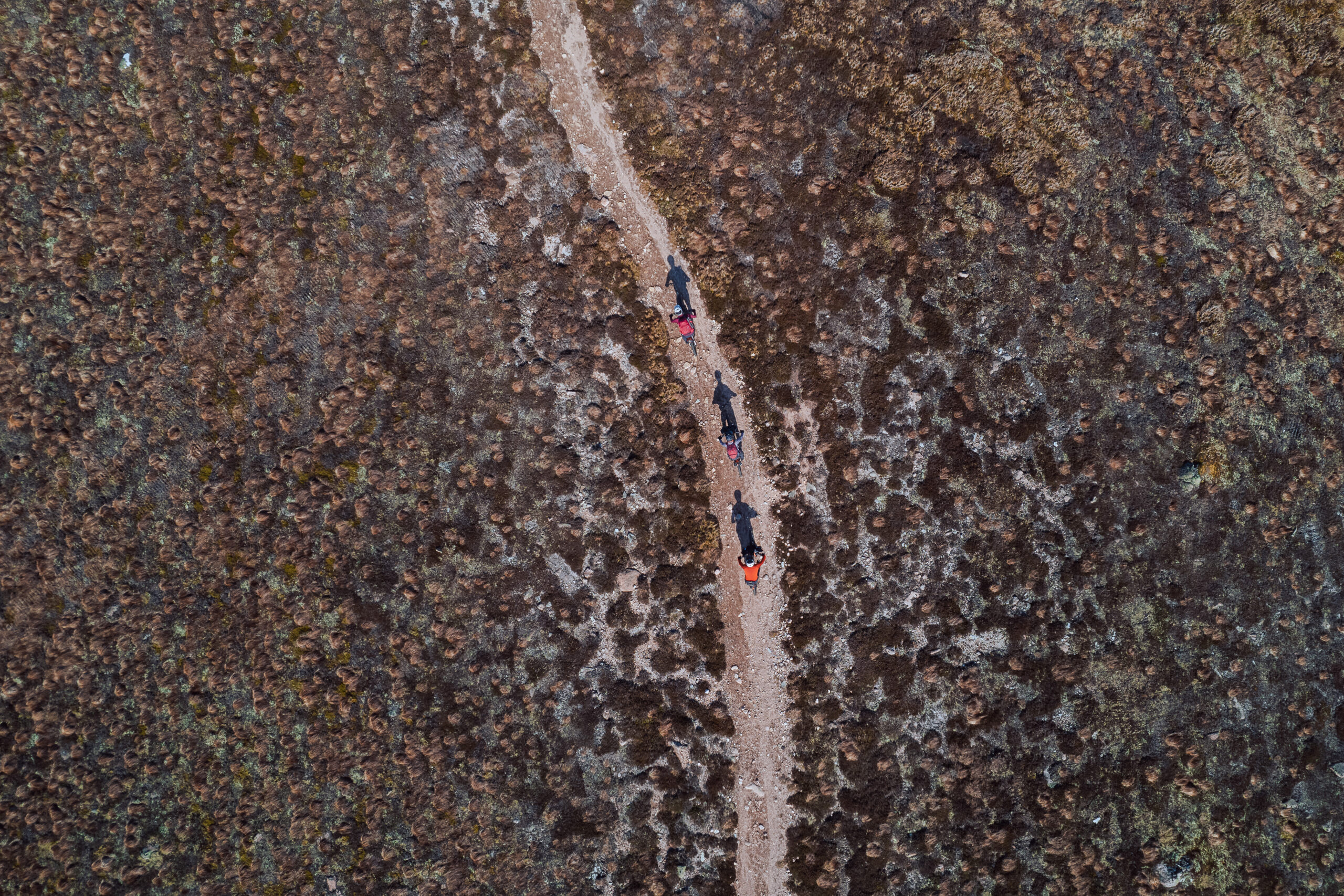
I had just turned thirty when I was diagnosed with advanced bowel cancer. Otherwise fit and well, a handful of hard-hitting words abruptly denied me of the prospect of a long and healthy life. I was given no more than five years left to live. The humble bike quickly became a dependable vehicle that helped me to find solace and to regain some mental real estate. Spinning the legs improved both my mental and physical resilience and helped me to navigate the endless storm that ensued. If I wasn’t going to add days to my life I was determined to add life to the remainder of my days, regardless of the physical changes my treatment journey would impose upon me. Inspired by the likes of Andy McKenna and Martyn Ashton, I wasn’t going to let my illness dictate how I was going to live the rest of my life. Chemotherapy had its well-documented side effects and repeated abdominal surgery undoubtedly played havoc with my core strength, but I was able to carry on riding on the good days. Every time I was out on the bike I felt like I was still winning and proud to prove to myself I hadn’t reached a palliative state yet.
Despite my unabating willpower to keep riding, nothing prepared me for the physical and emotional challenges of becoming a beneficiary of a bag, or colostomy, during my third round of surgery. As an ostomate, I lost all control of bowel movements as my colon was rerouted to end on the outside of my abdomen. Coupled with the new experience of continuously shitting myself was the increased risk of developing a hernia, given the gaping hole in my abdominal wall. Perhaps, despite my stubborn intentions, it was time to hang up my riding gloves after all.
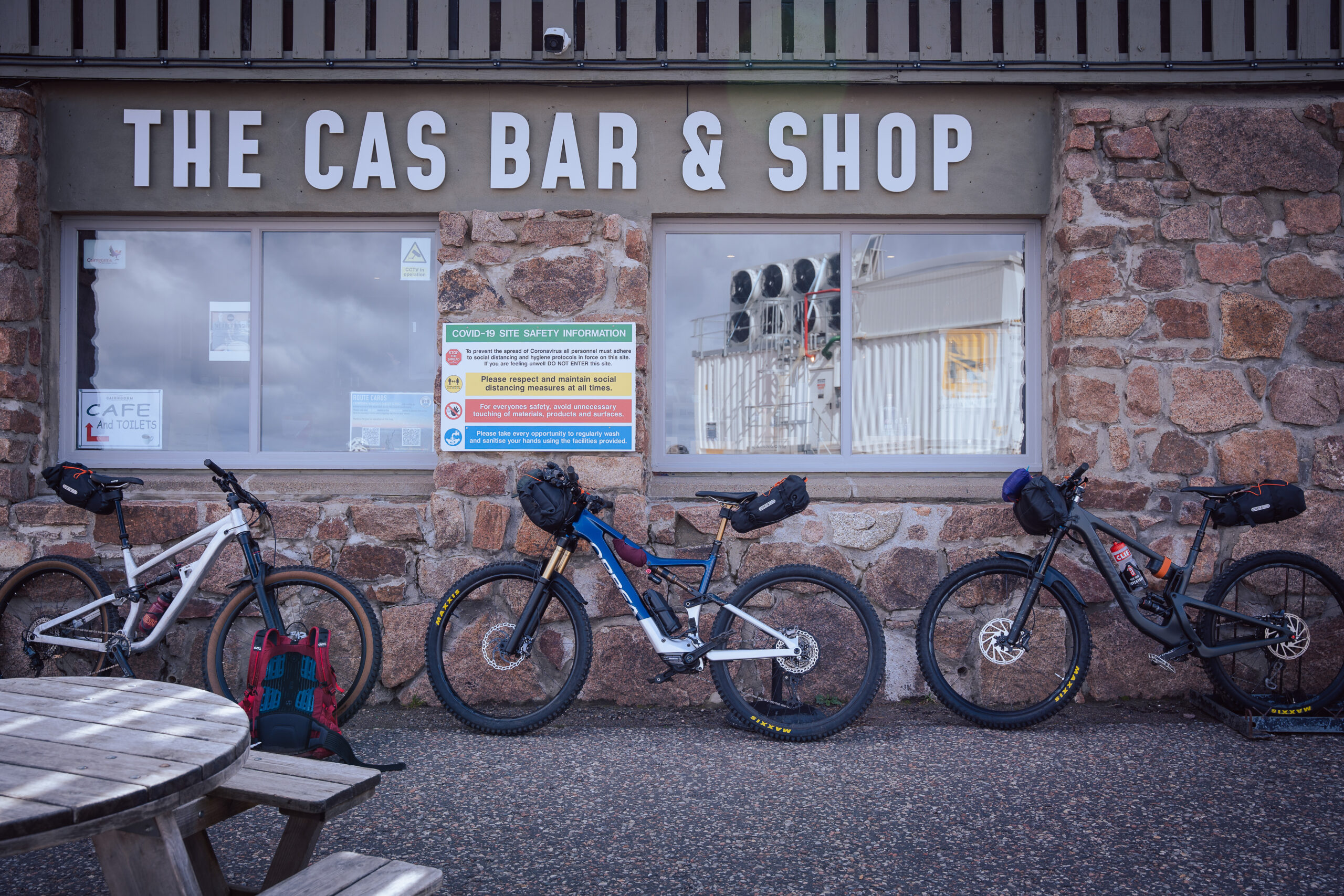
Doped and dosed
It wasn’t long before my body began to struggle with the dopamine come-down that ensued and I subconsciously started to seek out where I would find my next shot of adrenaline. I became hyperalert to fellow pouch-wearers’ success stories, particularly in the world of so-called ‘extreme sports’, and was pleasantly surprised to discover I was not the only fool wanting to get back on their mountain bike despite bits of bowel protruding from their abdomen. A corset-like belt was all I needed to provide me with a degree of additional support for my weakened core and enough of a ‘sod it’ attitude to get me back on the big bike.
Additional surgical procedures have since continued to merrily chip away at my digestive system. My colostomy (where your large bowel ends in a bag) became an ileostomy (where your small bowel ends in a bag) when my colon had to be removed altogether. The colon is the original FiveTen Freerider of the bowel world and has the ability to efficiently absorb all fluids that come anywhere near it. Without one, high doses of Imodium® are required to calm an otherwise overly enthusiastic digestive system and this brings a serious risk of dehydration – plain water is a no-no, so rehydration salts are added to everything.
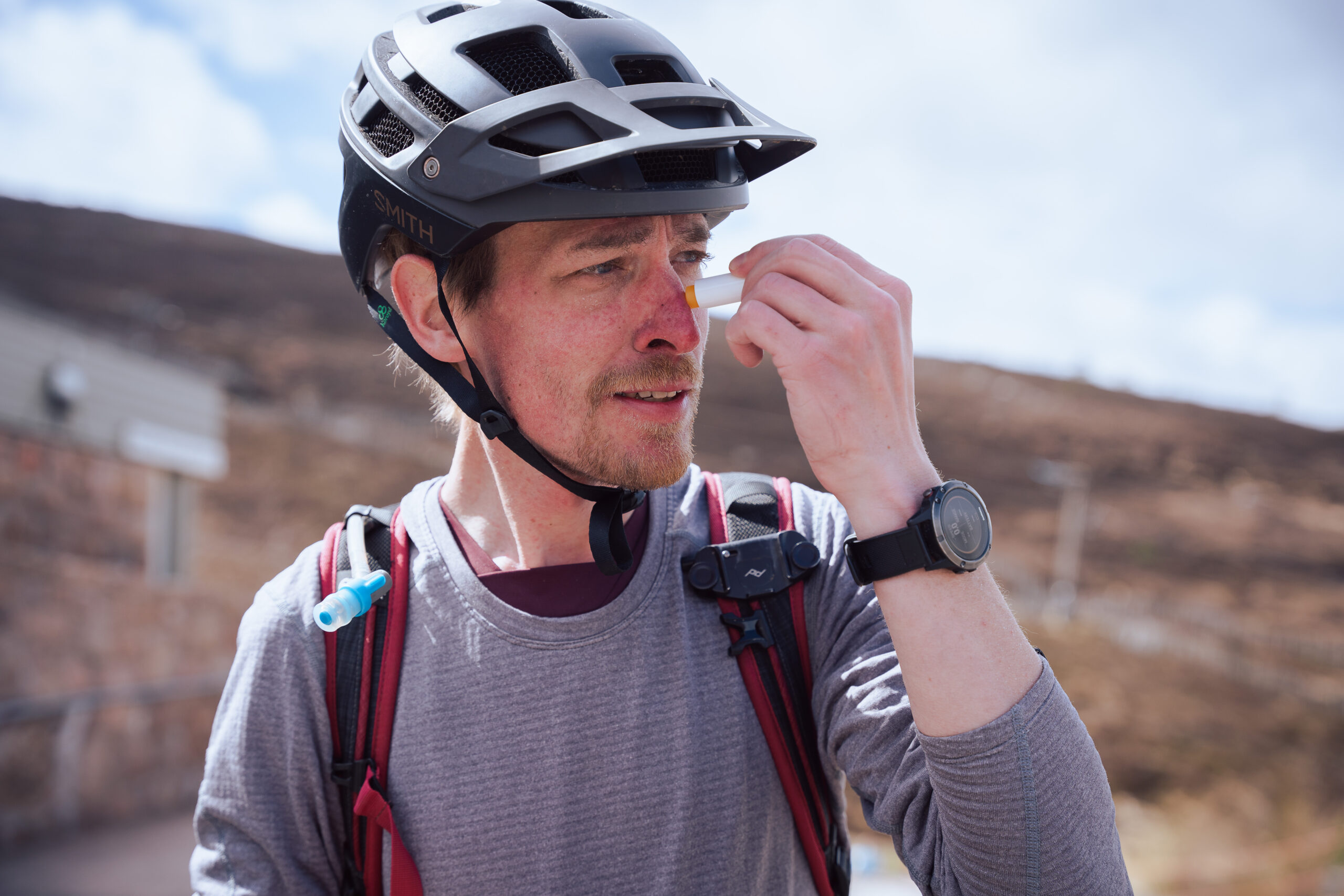

After the build-up of scar tissue from repeated surgeries eventually became a significant detriment to my bowel workings, the troublesome part of my gut was bypassed altogether through the formation of a second ileostomy. Given my now incredibly short active digestive tract, I need to add eight codeine tablets and sixteen Imodium tablets to my daily menu in an attempt to maximise food and fluid absorption through the tiny bit of remaining gut. Blissfully pre-numbed up to my eyeballs against any potential crash-induced pain I once again clambered back into the saddle, eager to retrieve the resilience that had become so salient to me.
On-board electronic devices
I have always regarded the concept of bikepacking, or more specifically ‘shredpacking’ as the quintessence of travel. Slow enough to take in the sounds, sights and smells of your surroundings, yet fast enough to cover serious ground while receiving multiple shots of adrenaline as you pick your way down technical descents. Strapping bags to your mountain bike and temporarily living in the hills as you attempt to link up some of the finest trails supercharges all of your senses. It aids the creation of vivid memories that in turn help to stretch the elastic of time, yielding the perception of being able to slow the relentless pace of the ticking clock. It is a well-documented concept that is particularly relevant when time is so scarce and quickly becoming your most valuable resource.
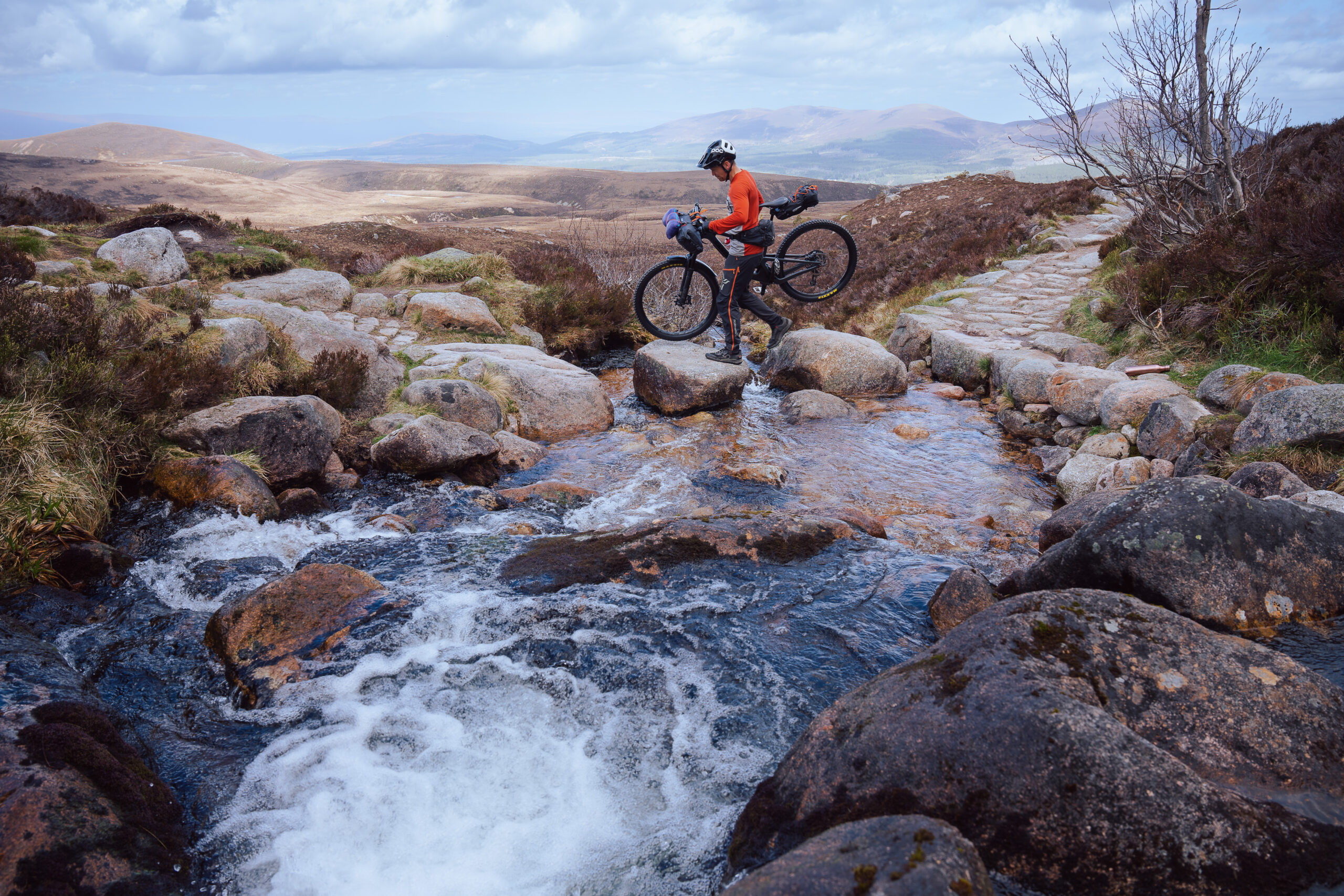
I had longed to unleash my inner Joey Schusler for some time, having been inspired by the broad smiles seen on his Mongolian adventures. A finely planned trans-Alpine adventure bubble of mine popped when I instead found myself completely inert from being opened and unpacked like a suitcase in a surgical theatre. Despite the never-ending treatment journey, I continued to long for and plan multi-day adventures, now more tailored to my beaten-up body in-between my fortnightly chemotherapy cycles. To offset treatment-induced muscle loss I somewhat reluctantly embraced the power of semi-fat e-bikes – light enough to enable all types of riding including the odd bit of hikeabike, yet with enough torque assistance to allow me to keep up with my fit and otherwise healthy peers.
As I pushed my fully laden Orbea Rise up the sides of Ben Macdui I pondered at what stage the additional weight of a lightweight e-bike together with motor, battery and range extender tips the scales to become more of a hindrance than a benefit. Despite Google Earth making our ascent look like a ribbon of finely graded gravel from the start of the climb to the top of the mountain, we instead find it to be strewn with unrideable boulderly passages interspersed with man-eating drainage ditches. The stop-start nature of repeatedly swinging my leg over my bike to pedal only a handful of metres quickly felt far more detrimental to my glycogen stores and tense abdominal scar than simply pushing uphill in a more slow and steady fashion. I shoved my bike forwards against gravity and lifted its front end over successive rocksteps and granite-lined drainage channels large enough to accommodate the entire wheelbase of the bike. In hindsight it was simply a gentle introduction to a specific technique of Cairngorm travel that would enable most of our progress over the next days.
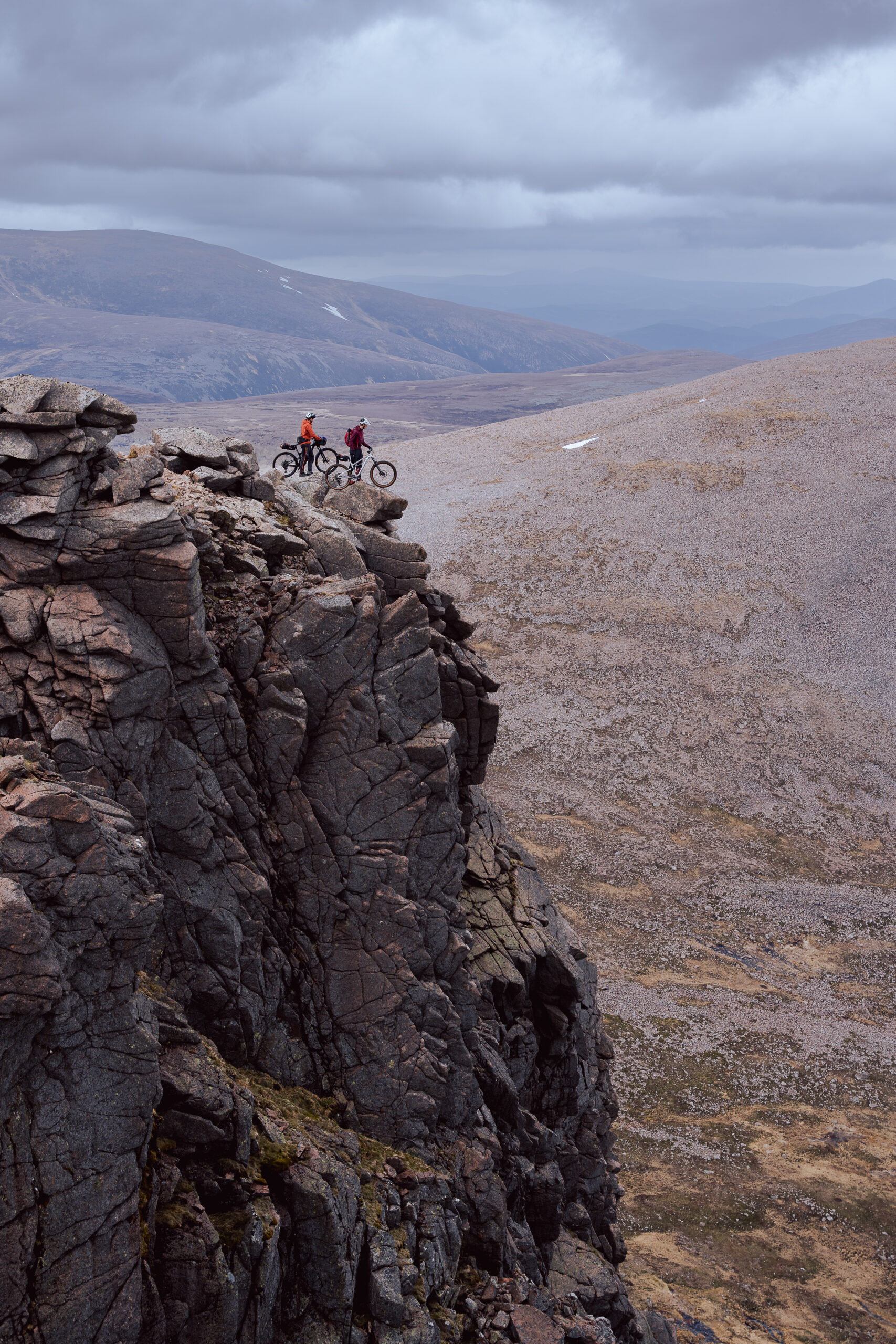
Eventually, as the trail rose above the already stunted tree line and the landscape became more Martian in appearance, the Miadan Creag an Leth-choin shoulder of Ben Macdui finally offered a brief respite from our fight against the contour lines. The trail levels off as it clings to the side of Cairn Lochan, enabling us to saddle up for about a kilometre as we head south beneath the shadows of Cairn Toul. Eventually, with our drink supplies depleted, a couple of high-altitude springs provided us with a crucial ingredient for our instant noodle lunch to carb load in preparation for our final push towards the summit and in turn the infamous descent towards Loch Etchachan.
Normal service
Ben Macdui’s vast summit plateau makes it difficult to take in the full lay of the land from the central cairn without doing an additional one-kilometre lap of the summit ring contour. Circumnavigating the plateau’s extremities was required to give way to enough vertical drop to allow us to peer over the edge into the numerous valleys that spiral off into all directions. Despite being blessed with some of the most settled conditions we have ever encountered at 1,300 Scottish metres above sea level, the endless vista of rounded granite boulders littering the summit pays homage to the relentless wind and frost-based erosive actions this area is subjected to. As we attempted to take in the summit, the extensive and somewhat featureless plateau occasionally became shrouded by wispy clouds, rendering a strong sense of disorientation and forcing our ex-local yet well-honed mountain bike guide Ed to double check his compass bearing to ensure we drop off the correct side of the mountain. The magnitude of the terrain means a single false turn could significantly extend our day.
From above, the Cairngorm landscape looks to be largely made up of dramatic rolling hills, their summits blunted through years of exposure to the elements and deprived of the jagged edges more commonly found in their western counterparts. As we dropped towards Coire Sputan Dearg this top-down illusion couldn’t be further from the truth. Huge U-shaped valleys are crowned with dramatic cliff edges that wouldn’t look out of place in the Alps, their dizzying heights reminding us of our privilege to be able to traverse through this remote, hostile and mountainous terrain. The trail skirted through a technical, rocky section before it spat us out next to a huge gully, its gaping mouth wide open like a Venus flytrap, ready to punish both rider and rig for any form of sloppy understeering.
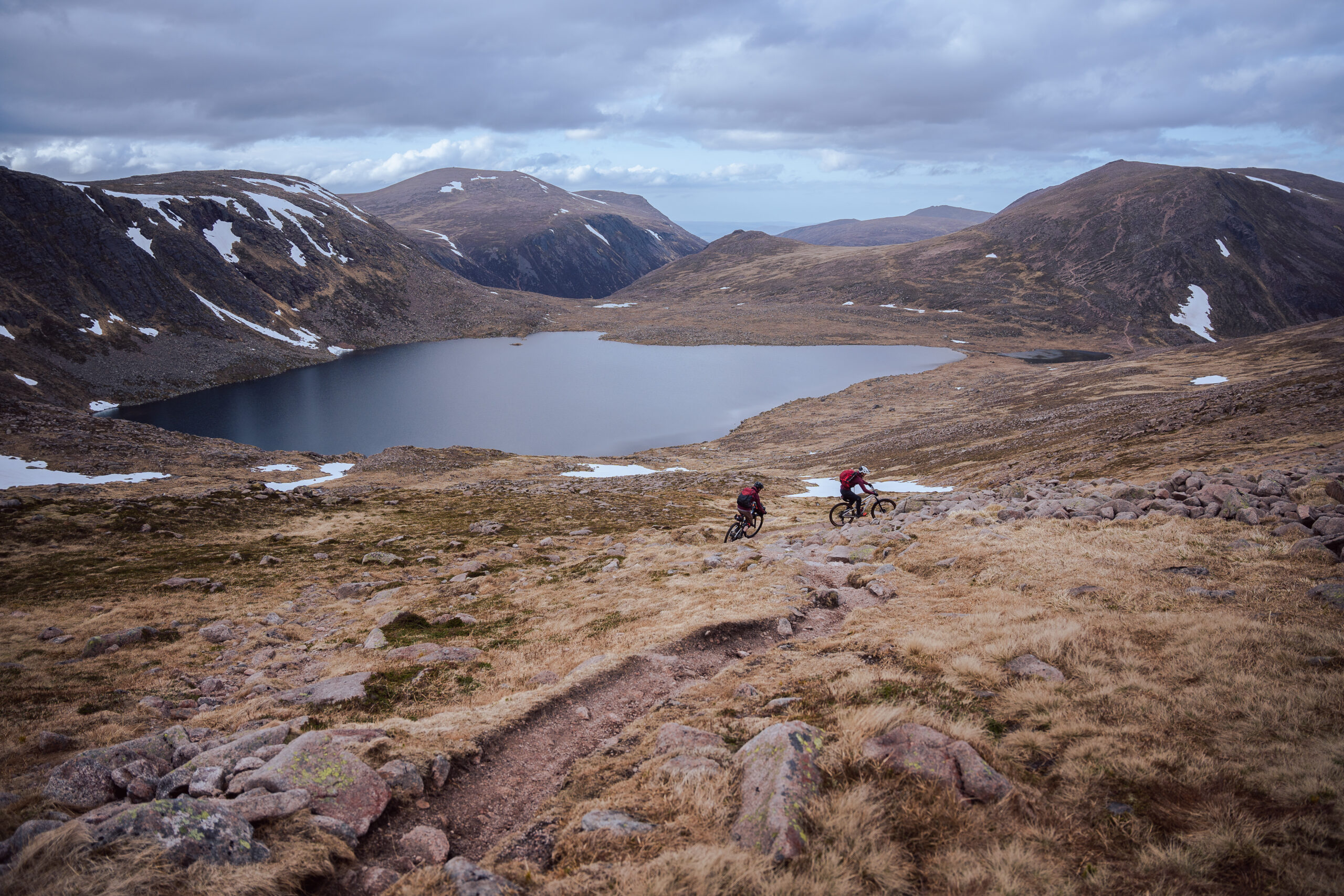
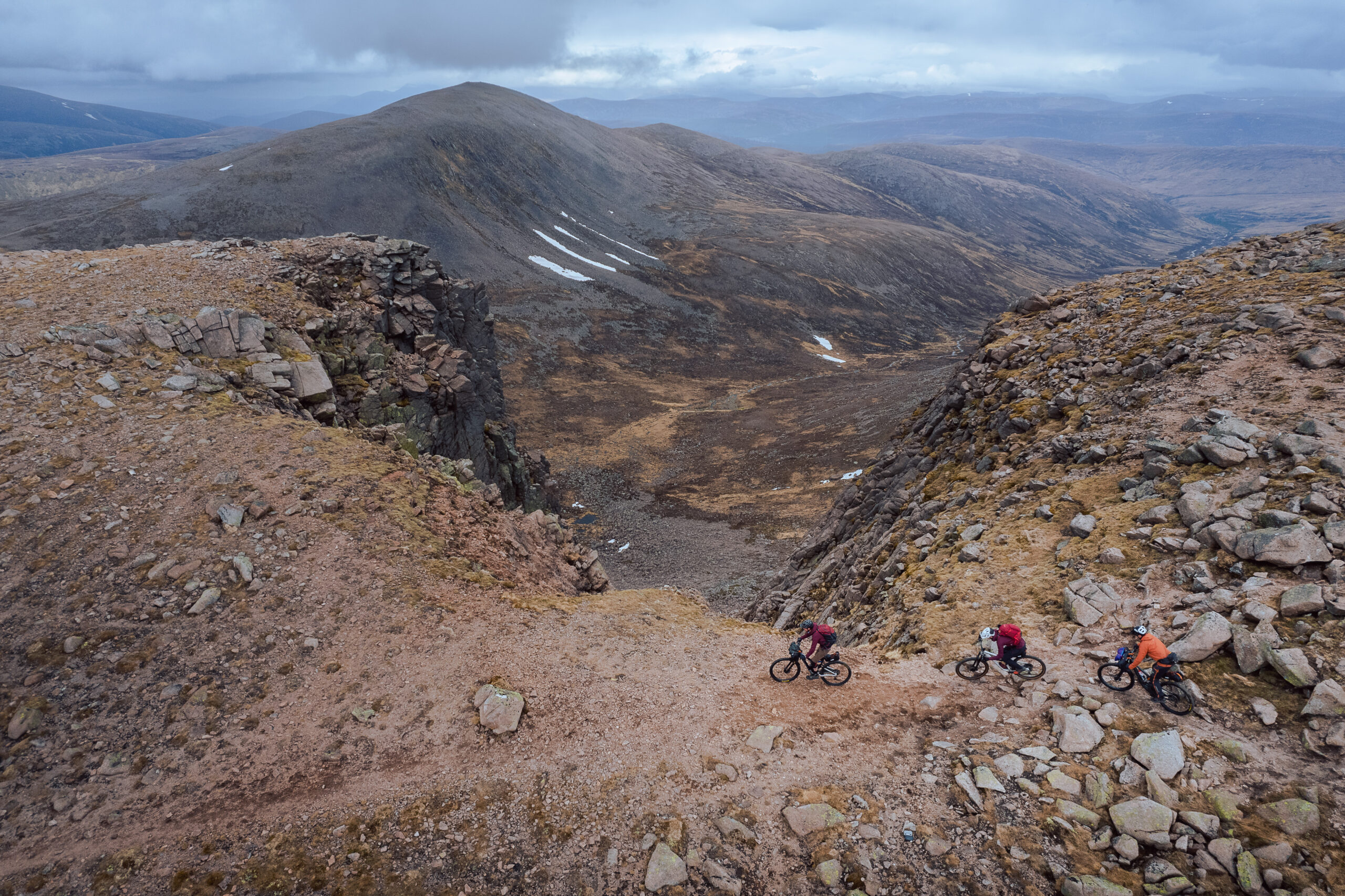
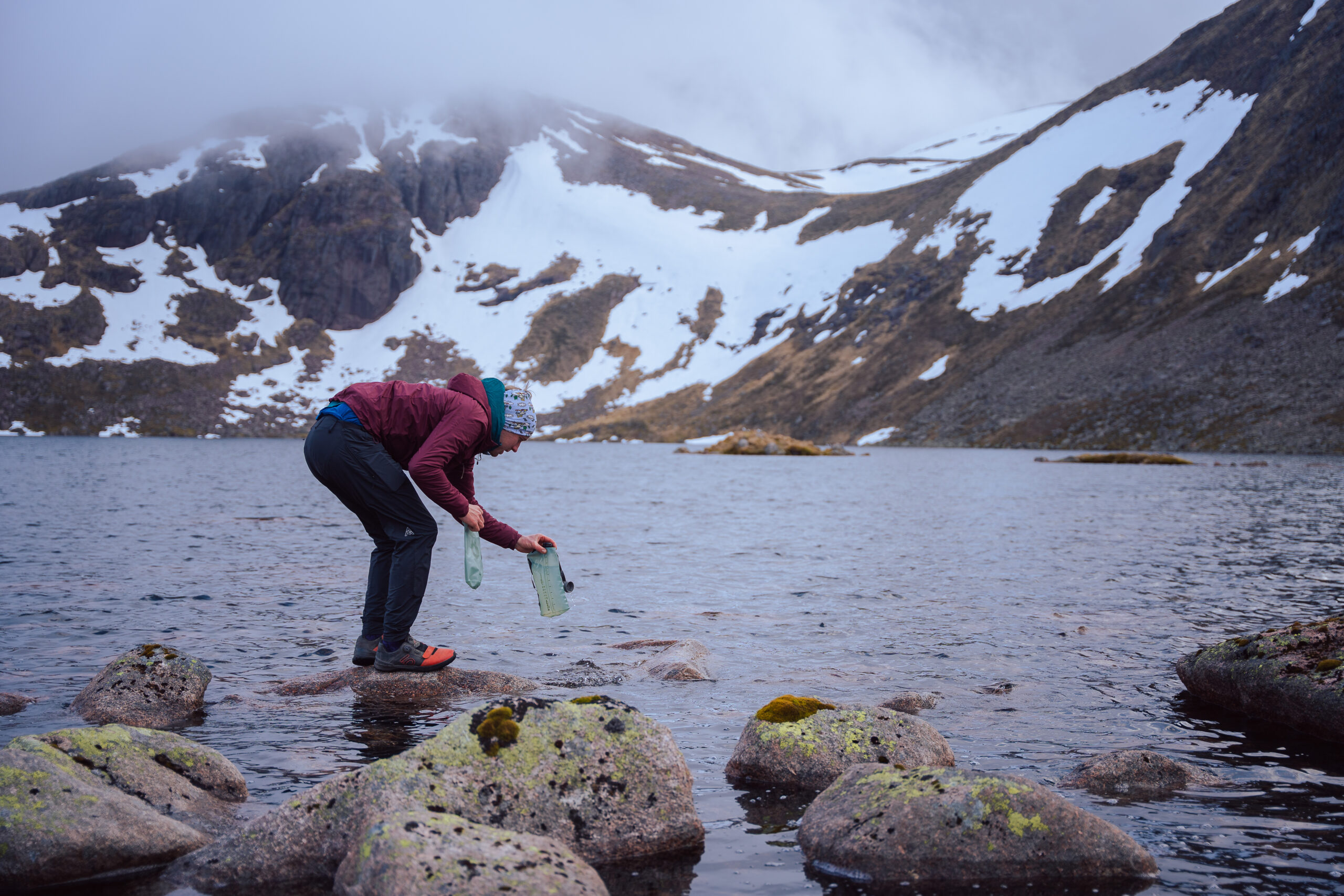
As the valley became more defined and with large swathes of spring snow still stubbornly filling the line of least resistance and holding large sections of the trail hostage, we butchered our way down the mountain as we attempted to link up sporadic parts of singletrack that bullishly emerged from their winter hibernation. Seat slammed, with both feet and tyres making a quad-pod formation, we dug our heels into the snow to attempt to slow our ever-increasing pace as we pointed our front wheels down the slushy remnants of winter’s blanket. This was a different type of thrill, not one rewarded for carefully executed line choices through rocky crux sections, but rather for making it down just-in-control passages of the slush puppy snowpack, primed to gobble up a front wheel and send us over the bars without any notice. We were all howling with elation when we reached the loch and our campsite for the night. Just enough stretches of dry trail were linked up between point and shoot descents to offer a true sense of the area’s rawness. It was exactly as per the doctor’s orders.
(Mountain) goat’s bladder
Despite the pleasant weather accompanying us at the start of the day, a strong easterly breeze picked up to funnel a much more dense cloud base into our hanging valley as we busied ourselves setting up camp for the night. As the mercury began to drop sharply, I was forced to don all available clothing layers, well aware that I’ve lost most of my built-in insulation over the course of the last five years. I’m at high risk of getting so undercooled that not even our highly calorific freeze-dried meals or copious amounts of tea would have had the power to restore enough body heat to warm my sleeping bag and get a comfortable night’s sleep.
Before getting settled behind a boulder and tucking myself into my bivvy bag for the night, I had to replace my pouches. Stoma supplies have come a long way since pioneering surgeons began to liberally reroute colons as far back as the late 1700s. Back then, patients who survived more than a couple of days had nothing to catch faecal matter post-op, forced to repurpose rags, pillows and sponges to catch any output. Napoleon Bonaparte seemed to be ahead of his time in the early 1800s. Famous for clutching his abdomen with his right hand, he was in fact rumoured to be concealing a goat’s bladder as a pseudo-ostomy bag. The unavoidable lack of hygiene meant these primitive methods posed a high risk of skin infections and ulcers, not to mention uncontrollable odours only partially masked by the scent of vanilla or mint.

Fortunately, strong advances in ostomy care took place during the First World War and, with some minor changes to diet and daily routine, most patients now can carry on with their normal lives. Nevertheless, daily care of a stoma remains crucial to circumvent any complications, particularly when working hard and perspiring along with the threat of your own digestive enzymes’ cannibalistic tendencies when they find their way onto your skin. Put simply, outside their usual biome, these enzymes will break down your skin much as they would a piece of cooked chicken fillet in your digestive tract, leaving the area raw and highly susceptible to infection.
As the weather continued to degrade I sought out the leeward side of a large boulder to lean against in an attempt to find shelter. It was the moment of truth and one I’d dreaded the most. Get this process wrong and my high-tech Gore-Tex and activated carbon-lined pouches would be of no benefit in stopping me from getting covered in my own crap. To a large extent, dealing with a stoma in the wild should be no different to simply following the countryside code and leaving no trace. Dig a 30cm hole, at least 30 paces from the nearest body of water, bury your natural waste and carry out anything else. Simple. Cold air and wind is not your friend, however. Your bowel’s renewed freedom upon removal of the pouch coupled with a waft of cold mountain air that makes everything suddenly contract has the ability to send everything into a highly productive frenzy. All the while, the carefully laid out supplies around you will shift about teasingly in the wind, seemingly preparing for imminent take-off as soon as you take your eyes off them. Timing is key; frozen hands and cold adhesives don’t help, but fortunately I managed to walk away freshened up without any major mishaps.
Sort your shit out
After an early night the three of us woke naturally at around 5am to gloomy skies and enough time to start our day with a cup of metaphorically connected pouch brewed coffee. The spicy ribbon of trail dropping steeply from our hanging valley towards the Hutchinson Memorial Hut had the perfect aspect to be filled with golden morning light, instead the morning clag left us squinting through the haze to get a sense of our surroundings. As we land at the bothy at 7am the curtains are still drawn. The friendly Munro baggers’ wool socks either can’t have dried fully yet, or their owners are still recovering from sharing their exuberant yomping tales in all their intricacies. Leave no trace obviously didn’t apply here – we picked our way through scattered tufts of semi-disintegrated toilet paper and decided to give the hut a miss altogether.
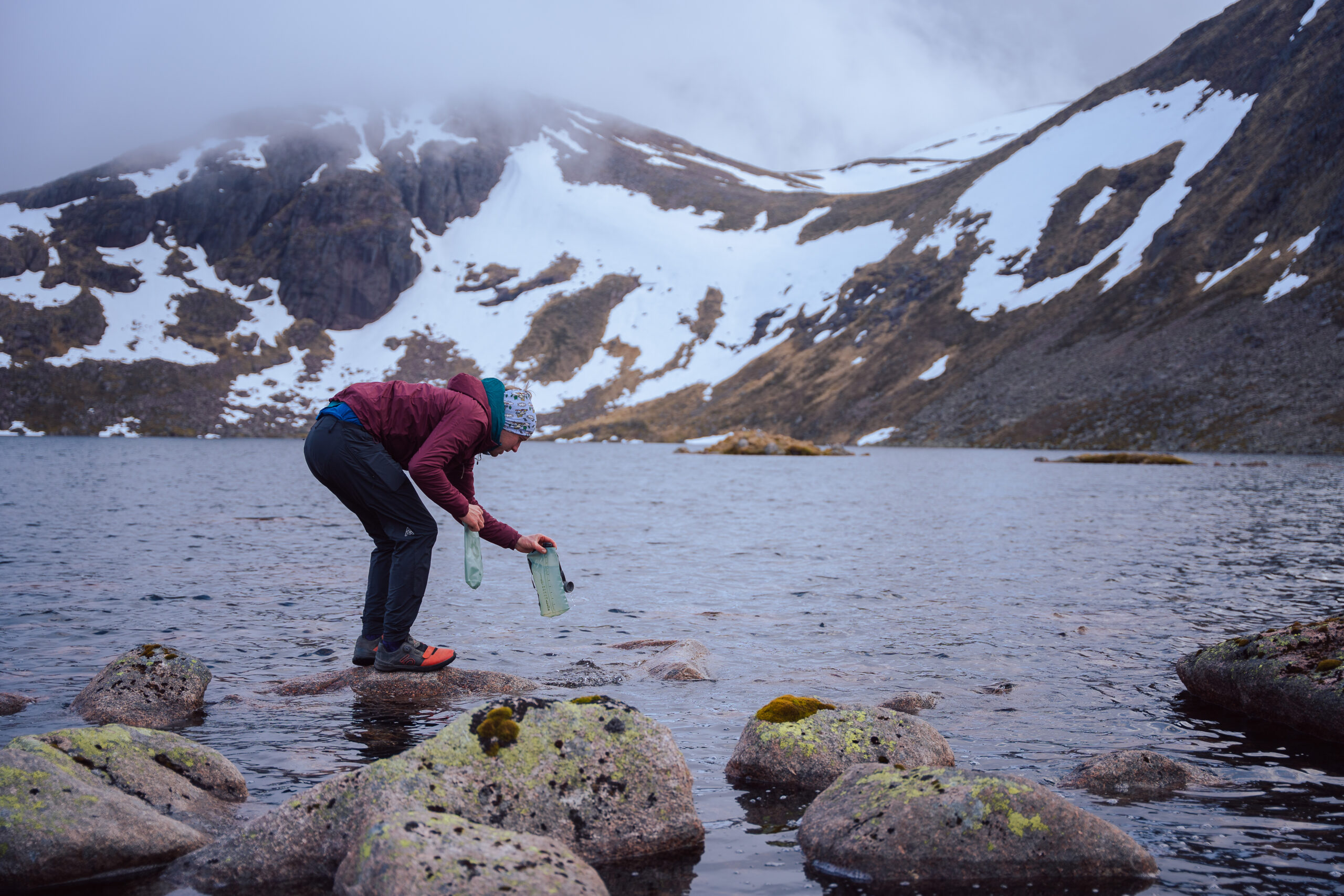
We were heading north again and looping back towards Aviemore. An initial climb through the Lairig an Laoigh, the Lairigh Ghru’s somewhat less famous and more easterly cousin, opens up into a stereotypical glaciated valley home to a beautiful ribbon of fine singletrack connecting us with the Fords of Avon. At least, that’s what the map portrayed. Far from averse to some technical singletrack riding, we soon gained a new-found respect for independent time trialists who take in 300km of this terrain in a non-stop race against their own clock. Despite a favourable gradient, finding flow between boulder and bog proved troublesome, and once again I reverted to pushing my bike for most of the time.
Eventually, after a quick catch-up with a bunch of keen ramblers dwarfed by their own backpacks, we found the Fords of Avon in a crossing-friendly state with waters no higher than calf height. The meltwater helped to cool my well-trodden feet, which over the years have become soft and far more accustomed to spinning circles around a bottom bracket. The adjoining shelter lends itself perfectly to a mid-morning brew stop. As we are to later found out, the option for more conventional trail riding does not manifest itself again until the final climb up to the start of the fun and incredibly flowy descent off the Bynack Plateau into Glenmore’s back garden. It was the perfect way to round off our adventure. Over the course of the trip, our journey through the mountains was often slow and trudgy, at times calculated, occasionally flat out and sendy, yet we made continual progress. Moving through these ancient landscapes served up food for the soul, a perfectly balanced dish for a somewhat troubled mind with an unabating hunger for adventure.
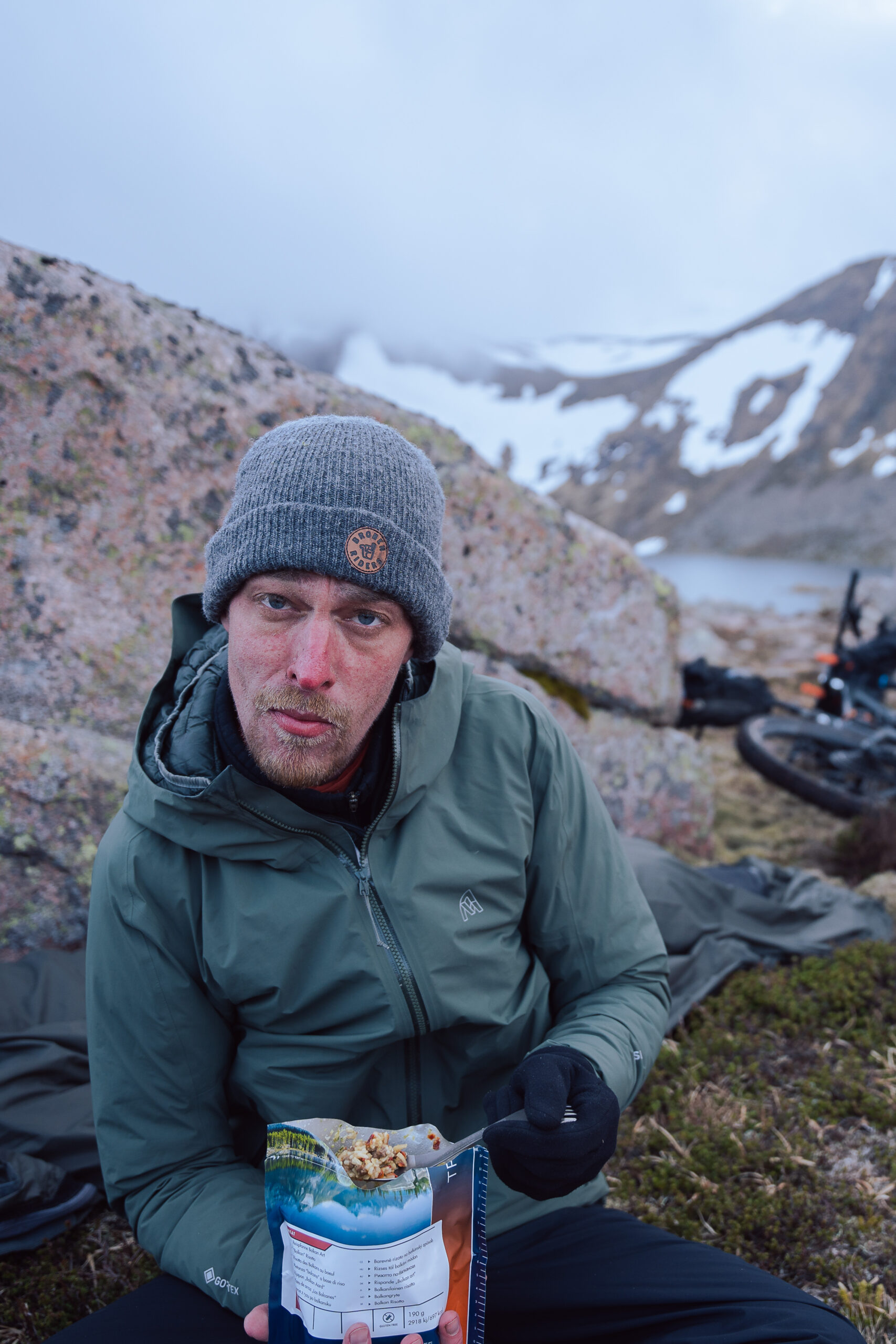
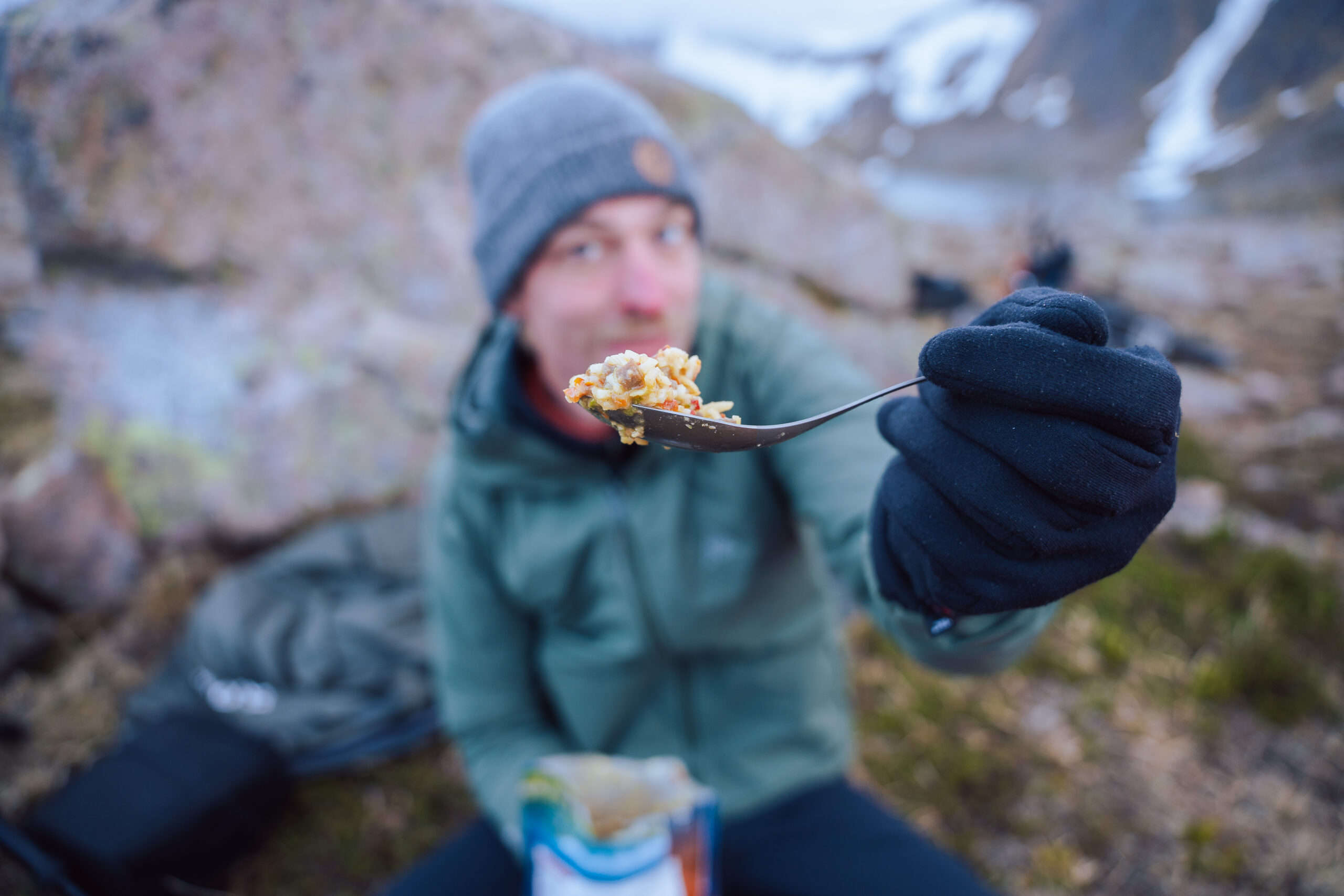
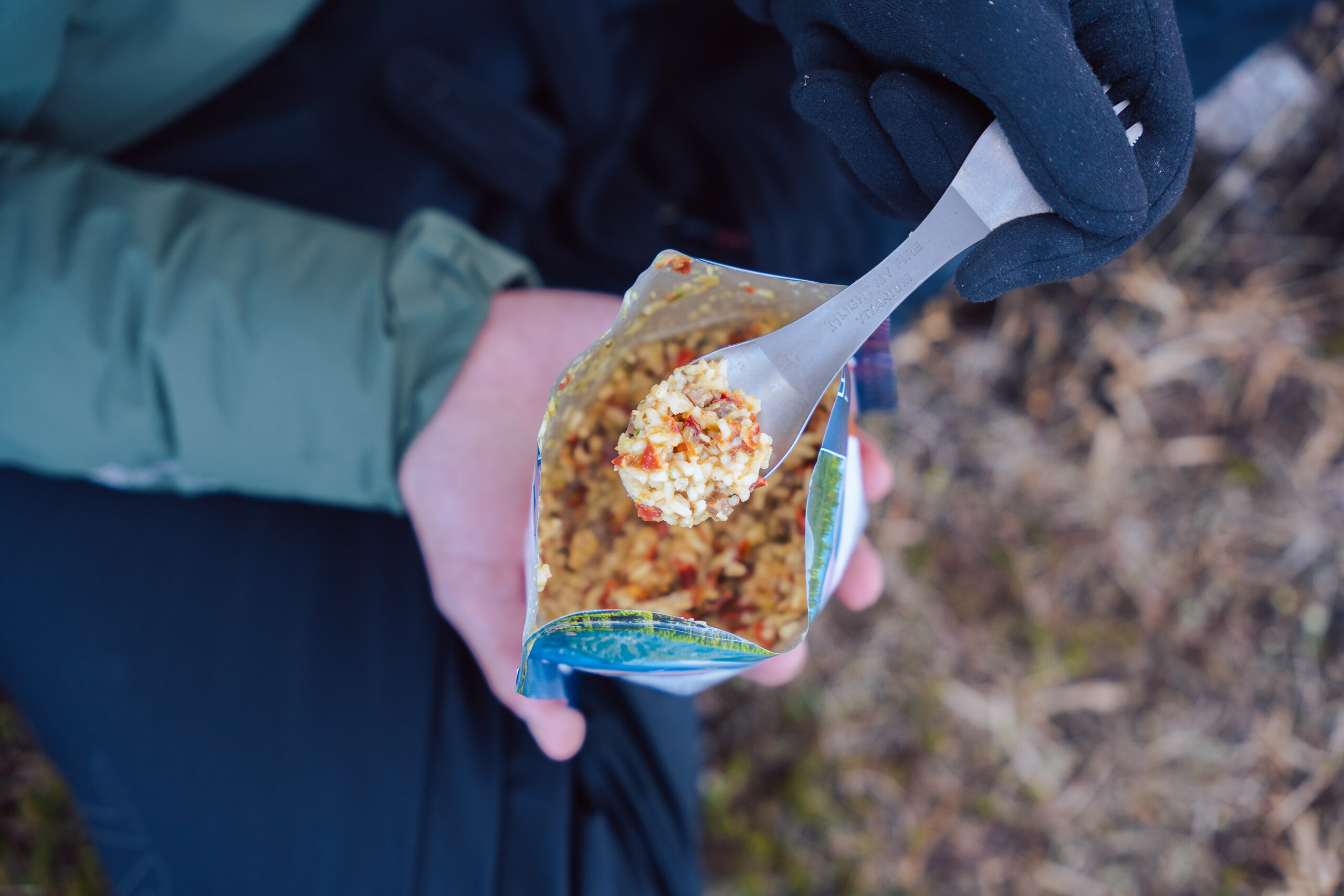
Days that count
Fortunately, us ostomates are a selective bunch, with only 0.001% of UK residents estimated to be packing a pouch or two. For most, the option to have a stoma helps to regain or even extend life, whether suffering with irritable bowel syndrome, colitis, or, as in my case, cancer. Despite the initial post-surgery turmoil and now coming with baggage, I have taken to wearing these bags as a badge of honour. After all, without the advancements in stoma technology over the years I would no longer be here to take part in these adventures. And for that, I take my hat off to the pioneering surgeons, goat bladder cuddlers and patients who suffered as lab rats, collectively enabling me and so many others with the quality of life we still get to enjoy.
Best of all, our journey served as a reminder of the ability to keep riding despite the physical changes any illness may try to put in the way. Two-wheeled travel is tonic for the soul and scaled appropriately will allow you to keep navigating through any times of hardship. By probing my personal boundaries, I have found a renewed enthusiasm to seek out manageable adventures and ways to make the days count, rather than to simply count the days. And that’s an ethos everyone should aim to live by, whether blessed with good health or not.
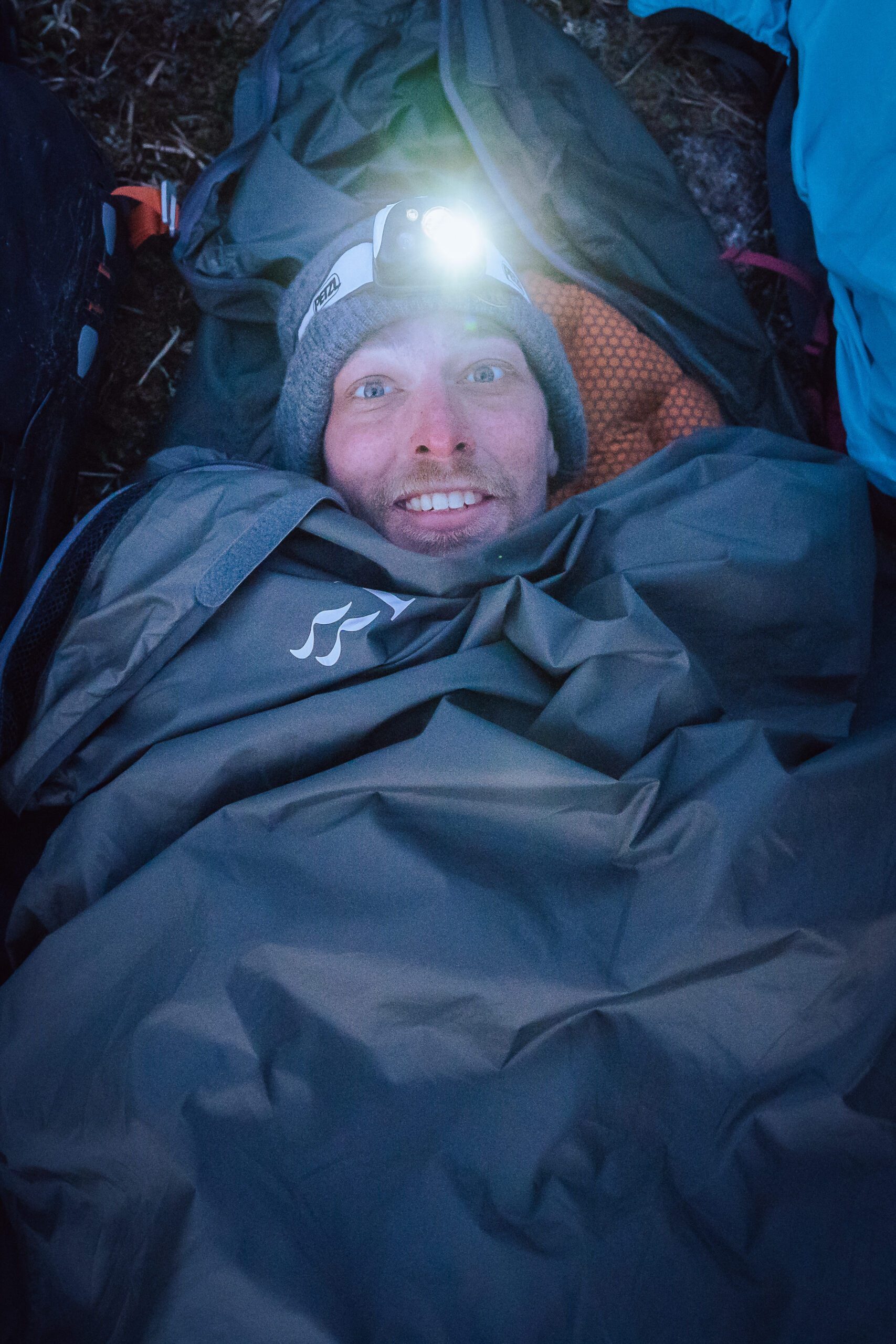
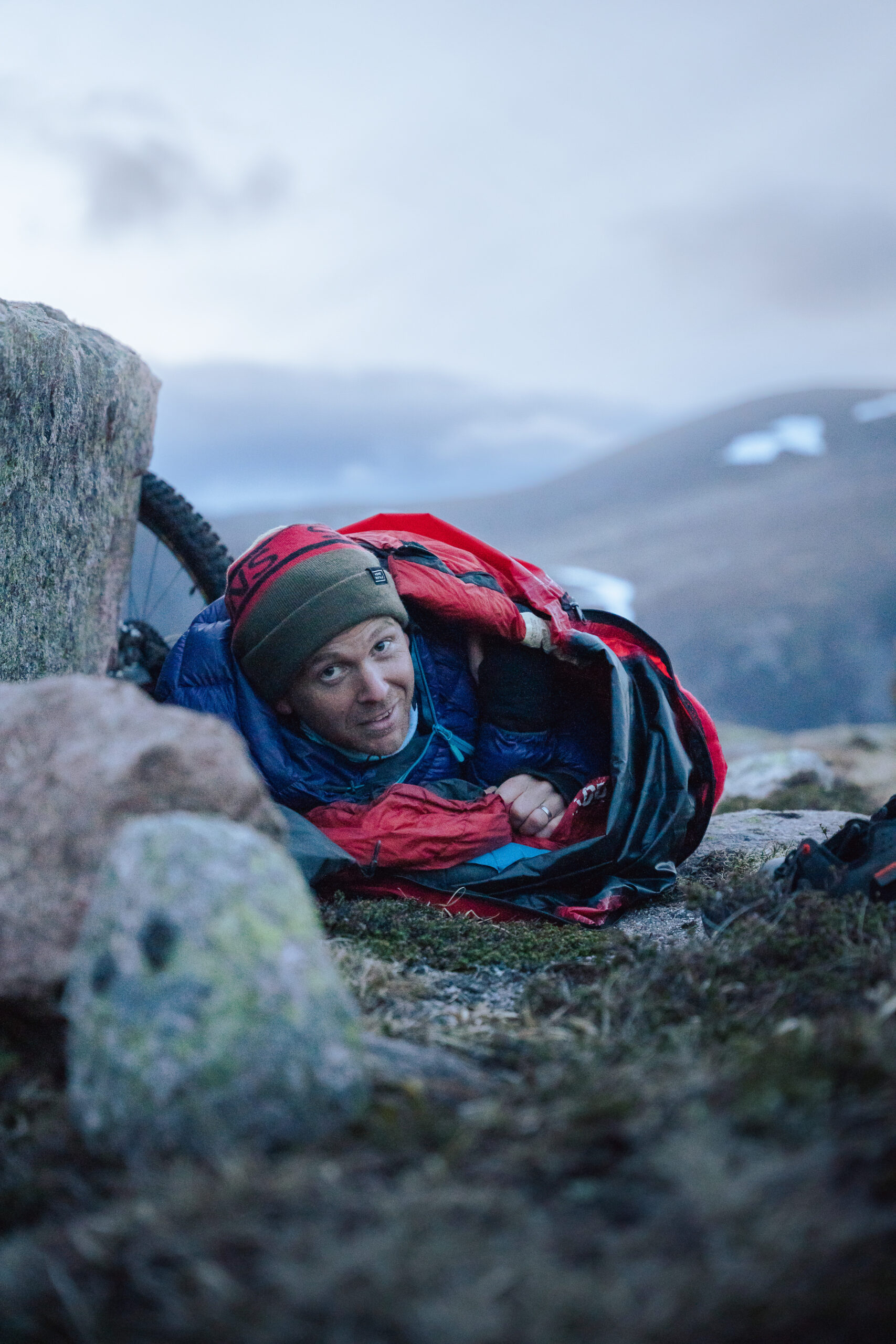
Continue to follow Nils Amelinckx’ journey over on Instagram at @nilslinkx / @riderresilience
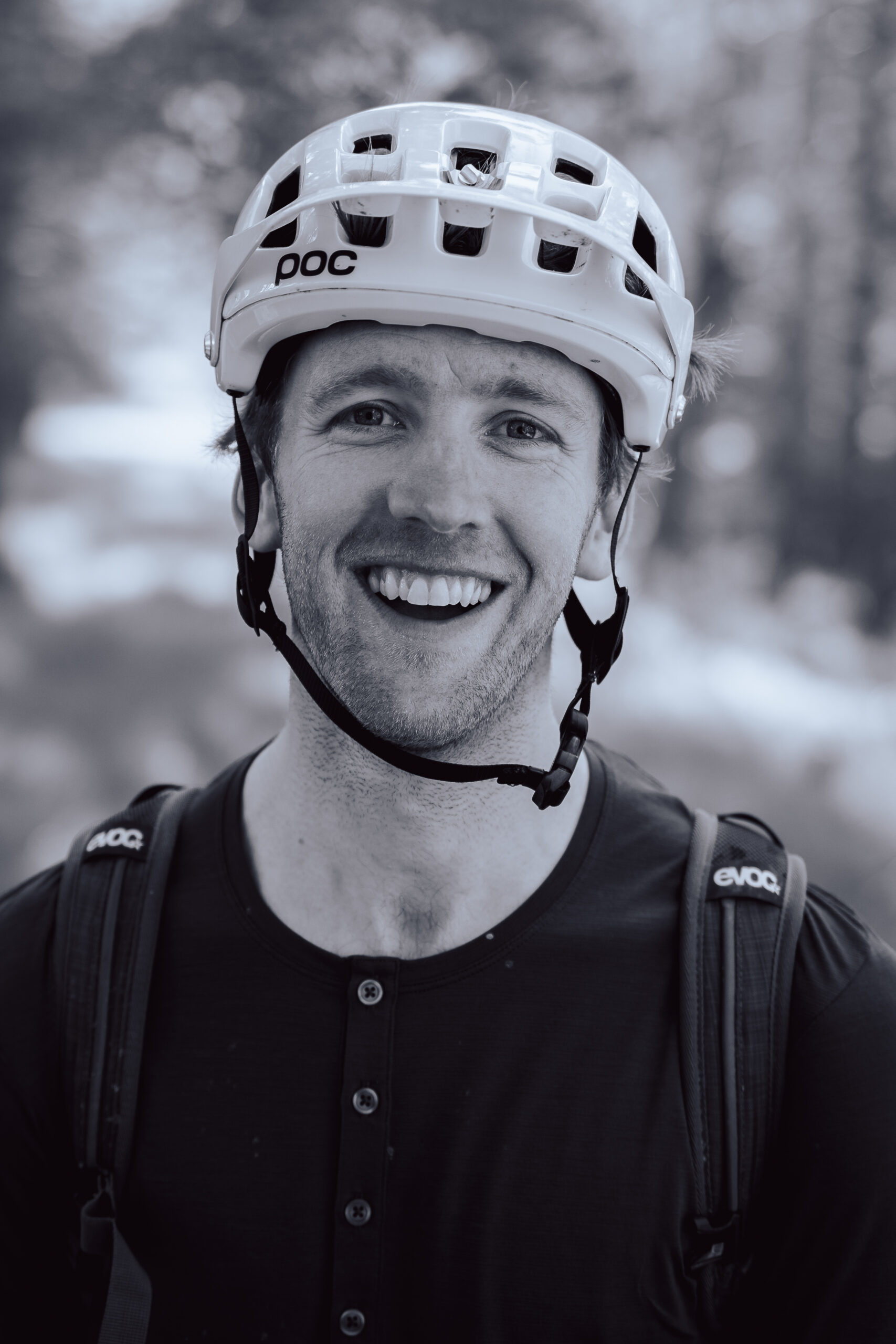

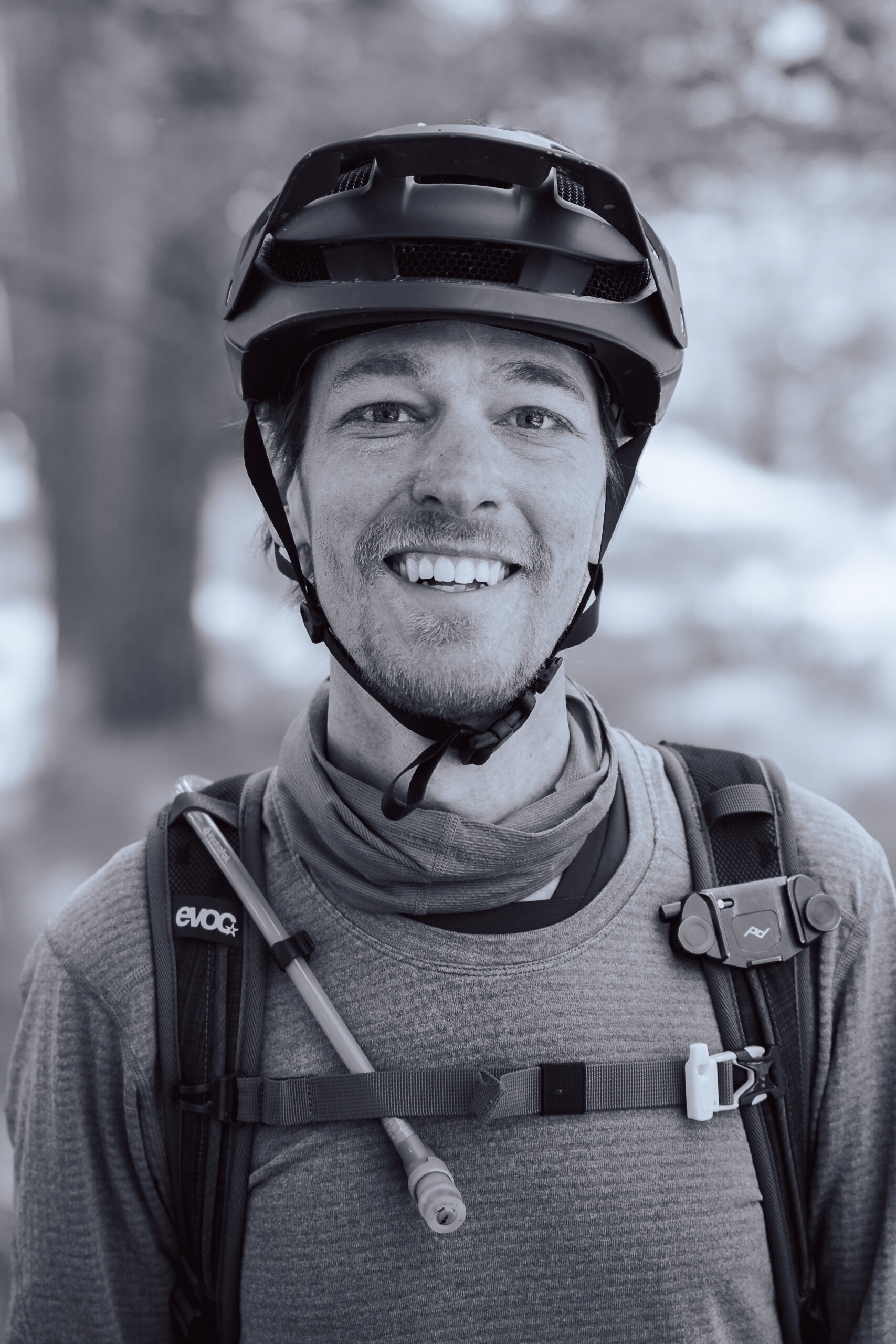
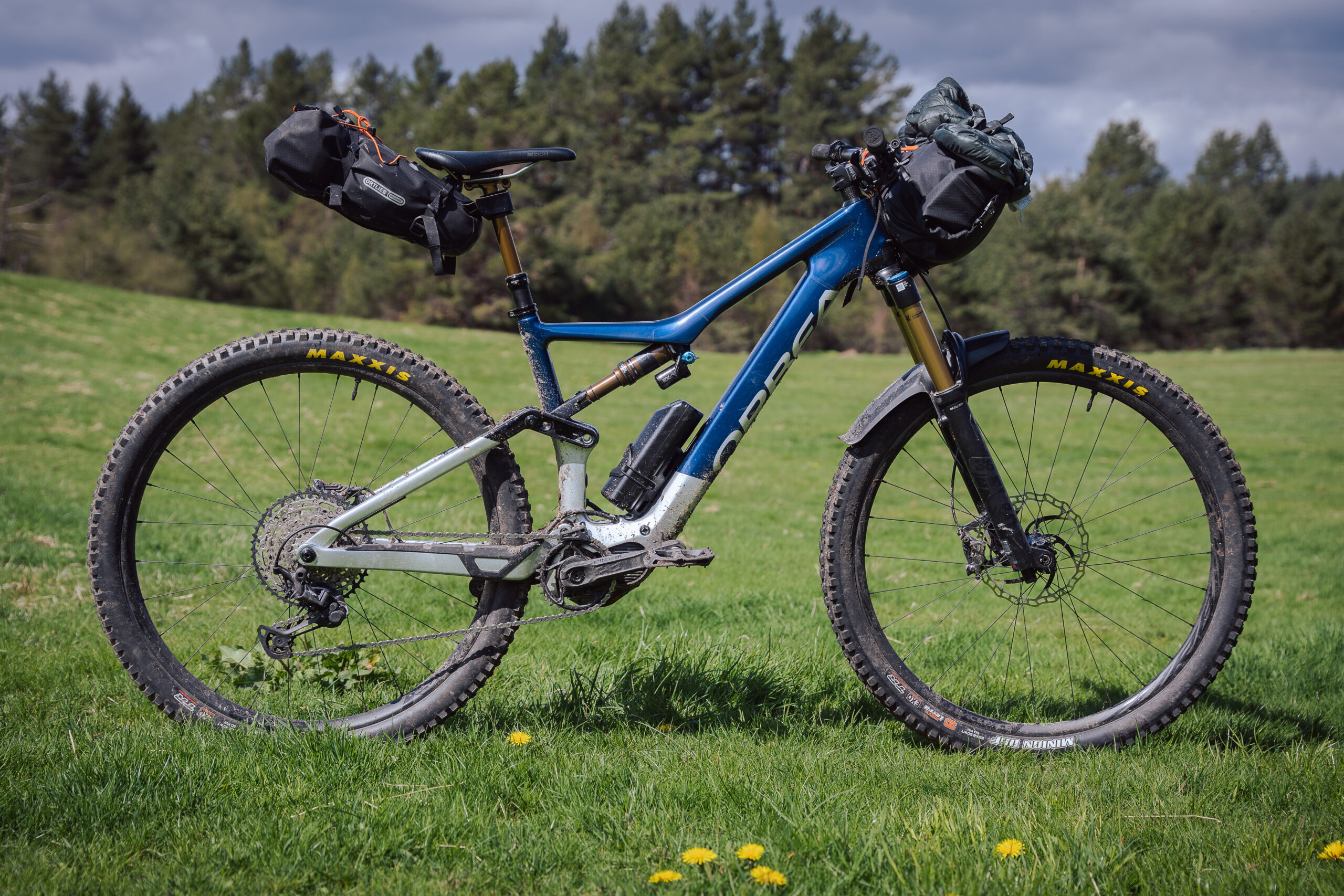
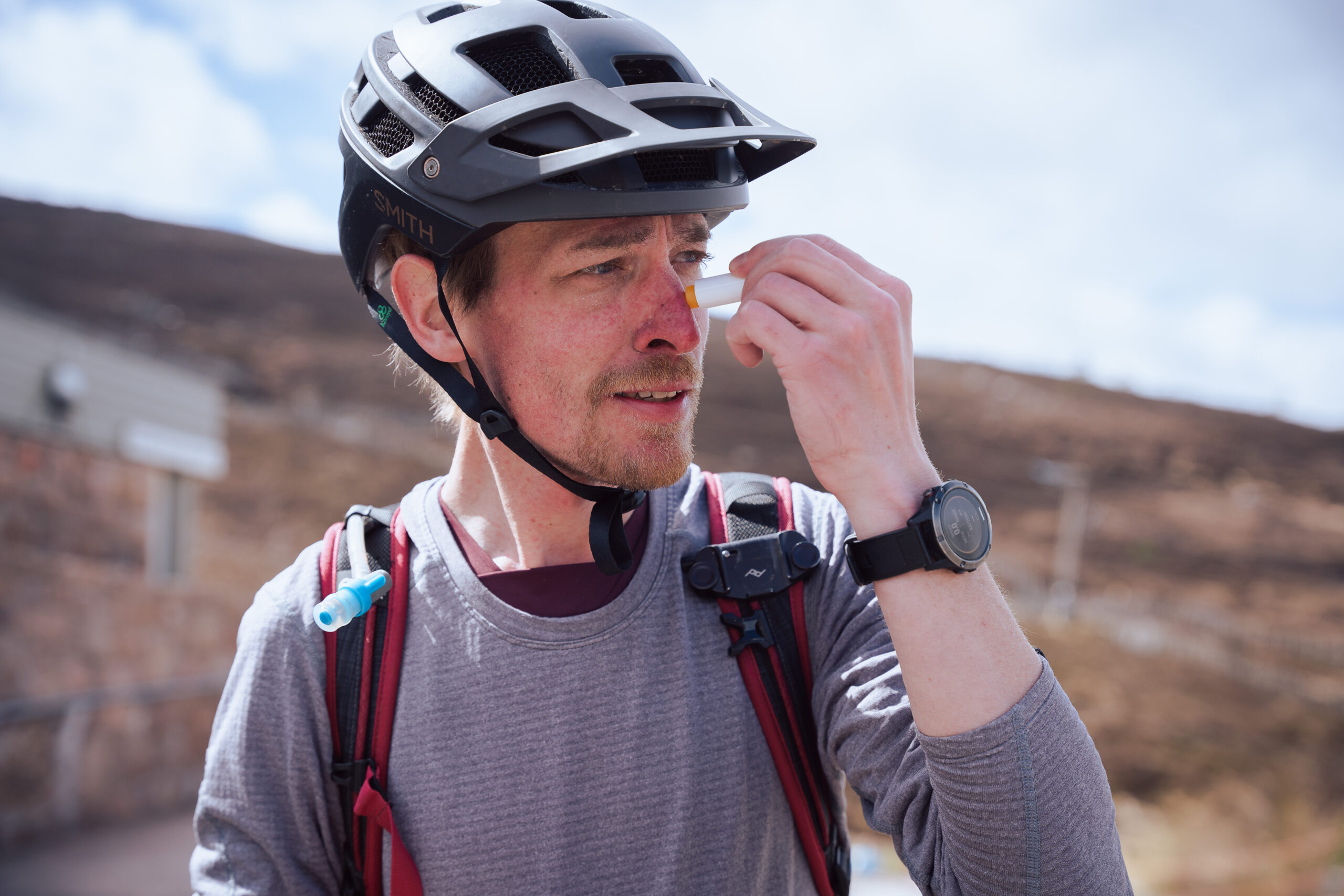
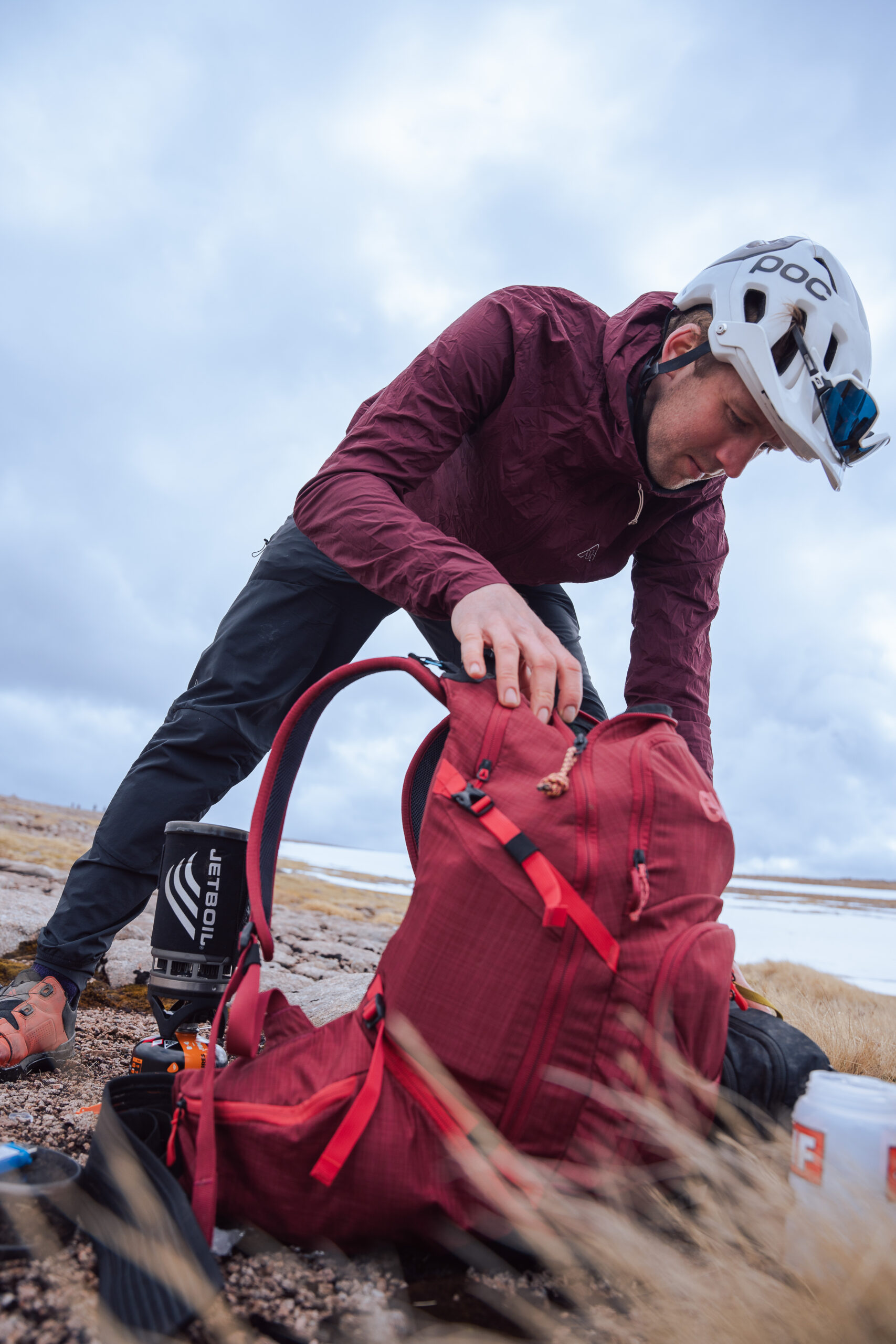

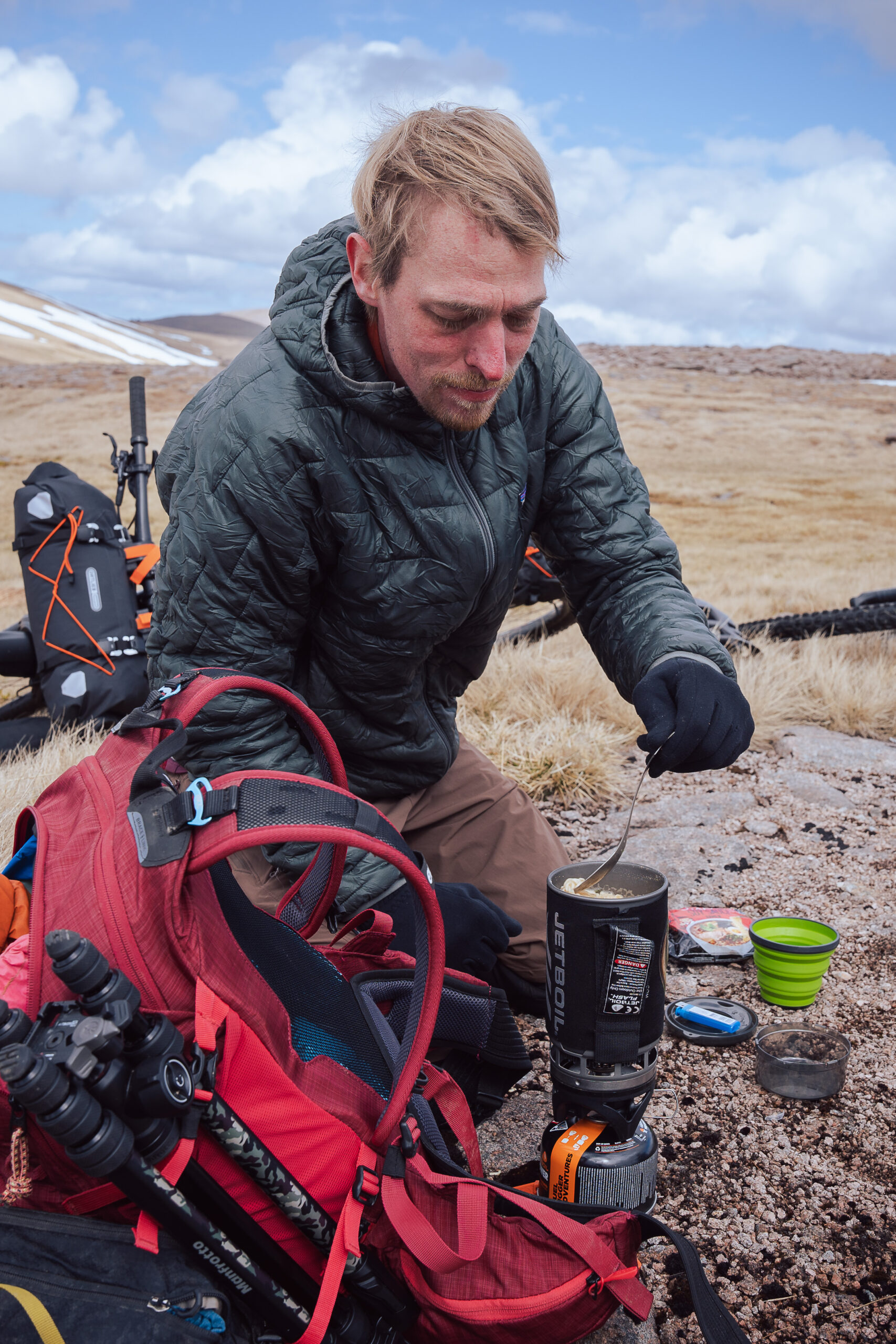
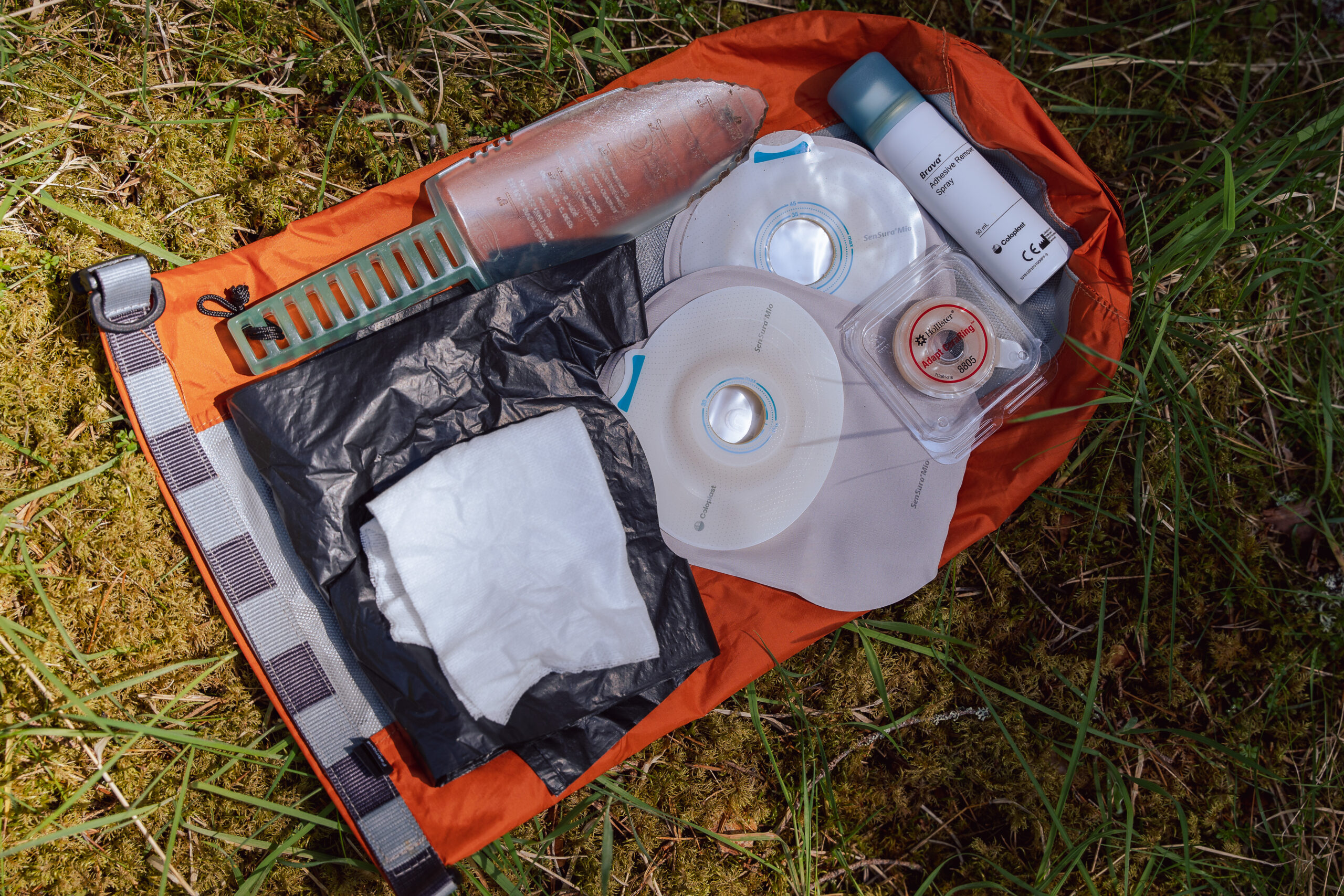
Story tags
